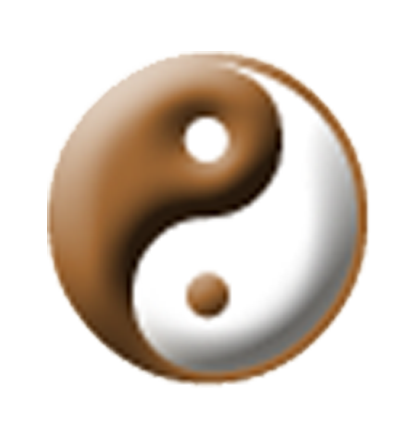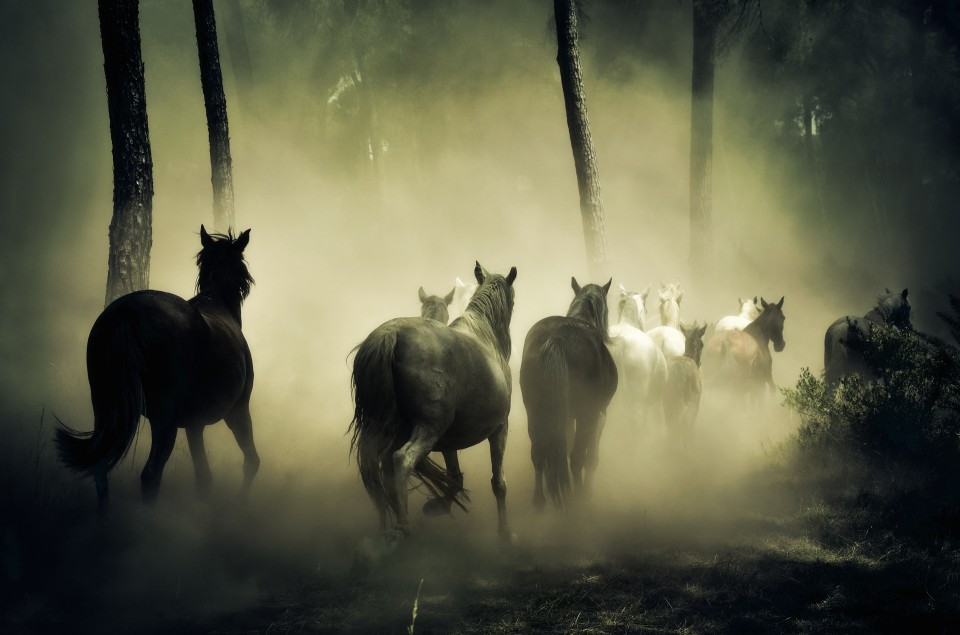
Technique is not the Art
The idea that the technique is not the art might sound odd. Of course the technique is the art. There are certain techniques we use in taiji. There are other techniques we use in bagua. We study and practice these techniques.
In my recent classes, I’ve spent quite a bit of time talking about and covering the fundamentals for several of the internal arts. Stepping methods for taiji are different from stepping methods in bagua. The same for xingyi. Its stepping methods are different from both of them. Then there are variations, and other arts, each with their own methods and requirements for movement.
These techniques – the way we move, the dynamics, the changes, the hand/foot positions, and the use of internal workmanship (nei gong) – are important. Without them, the art can’t exist. But they are not the art. The art is more.
Consider these two explanations:
Explanation 1:
Taiji uses a 6/4 stance aided by a slow weight transfer through the legs starting with the heel through the foot keeping the ankle supple, the foot well-aligned with the knee,… (more technical details, lots more). At the same time as preparing to move, the inner breath (qi) and the external breath join with the movement and the internal energy. Bagua uses a sliding hook step…. I’m going to stop. My point is the level of detail. Yes. This level of detail and more is required to begin to develop a clear understanding of what you are doing. It’s not enough.
Explanation 2:
Taiji uses a rolling step. Bagua moves in circles. Xingyi is direct.
These concepts underlie the foundations for each of these arts.
It’s easy to think about a rolling step in Taiji. Shift the weight forward and back, roll through the foot. This rolling motion is at it’s core yin and yang; empty and full. That principle is one of the foundation ideas in taiji. Yielding and pressing are part of the same action.
In Bagua, everything moves in a circle. That tells you almost everything you need to know about every movement in the art. There’s a circle somewhere. Even, and perhaps more especially when the form moves more directly, there a circle in the movement somewhere. Turns and walking the circle are fundamental practice.
Xingyi is direct. It moves forward. It doesn’t wait. Here again, almost everything about the art is summed up in this concept. Yes, every teacher and every system does things just a little differently. But at the core, at the foundation of the art, the ideas of being prompt and sudden, of holding and releasing the energy are shared.
Understanding and applying these principles changes the way each movement is done. It changes the way we think about what we are doing. To develop our skills, we must have some techniques. These techniques give us the practice methods we need to begin to develop our understanding of the arts.
2/08/2022



